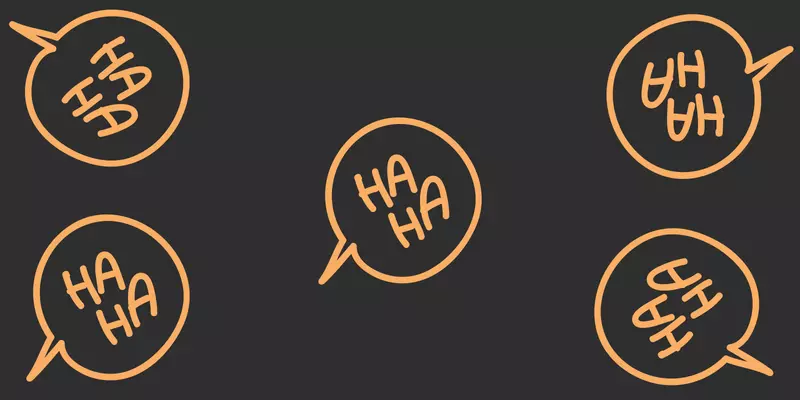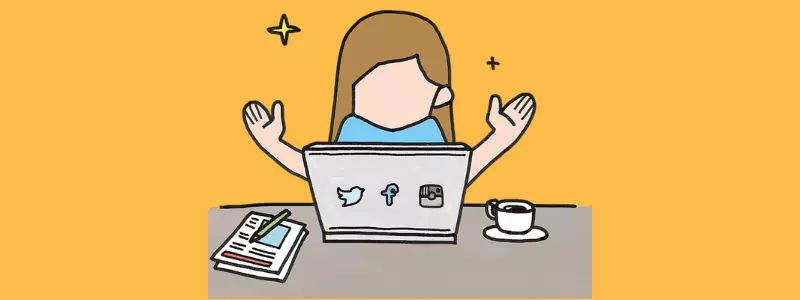
Before talking about quotation marks in Spanish it’s necessary to first review their usage in British and American English. English has two types of quotation marks: double (“”) and single (‘’). In American English the former are always preferred except for: quotations within quotations, translations of foreign words (although brackets are also fine), replacement for quotations or italicised text in newspaper headlines, and horticultural cultivars.
In British English, some newspapers follow the American standard but otherwise single quotes are used. British English also places full stops and commas not inherent to the quotation outside rather than inside the quotation marks, although this is a slightly grey area with many conflicting opinions so we won’t dwell on it further.
Now on to Spanish, which also has double and single quotes: comillas inglesas (“”) y comillas simples (‘’), but adds a third, comillas españolas («»). These can also be called: latinas, francesas, bajas,angulares, and de sargento but we’ll stick with españolas.
Subscribe
Get notified of the latest blog posts and dual language texts. No spam. Just Spanish learning.
Please enter a valid emailIn general, wherever you’d use double quotes in American English you use españolas in Spanish. Equally, wherever you’d use single quotes you also use them in Spanish. Spanish does, however, follow the British standard of placing puntuation outside, rather than inside, the quotation. This just leaves double quotes for quotations within quotations such as: Él escribió en el periodico: «Su mujer le dijó: “Qué ‘majo’ eres”» (He wrote in the newspaper, ‘His wife said to him, “How ‘nice’ you are”’).
This example actually shows three levels of nested quotations which in English, due to there only being two types, requires alternation of the single and double quotes. Many publishers and writers have eschewed the traditional españolas in favour of double quotes but the españolas are still widespread.
Spanish does have one exception up its sleeve and that’s dialogs. Instead of using quotation marks, rayas (dashes or em dashes to be precise) are used. An em dash is longer than a hyphen, traditionally the width of the letter m. Let’s look at some examples. Dialogs always start with a dash and there’s no space between the dash and the first character:
When you add a narrator, you add a space and another dash:
If the person continues speaking then, you just add a dash to the other side of the narrator’s interjection:
Be careful not to place any punctuation before the narrator’s interjection:
Also be careful not to add an extra dash at the end of a phrase:
Now you can write quotations in Spanish perfectly and impress any Spanish friends by doing it even better than them.

Get the book
If you liked this article check out our new book, How to Speak Spanish like a Native, which is due to be published very soon. It's your complete guide to mastering the Spanish language and speaking like a native. Everything in the blog and more!
Discover more!



